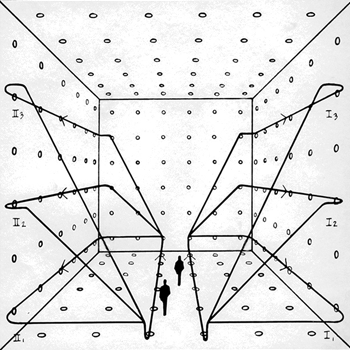A pendulum of length L feet has a period of: #T= 3.14(L^.5)/2(2^.5)# seconds. If you increase the length of a 1-foot pendulum by .01 feet, how much does its period increase?
3 Answers
see below
Explanation:
I'd normally expect
you seem to have
So with
but by approximation
We can plough the same furrow as Newton (and Taylor expansions), but in a way that is simpler, using a generalised binomial expansion, ie this idea
It looks just like a Taylor Expansion, ie based in Calculus. In fact I think it was Newton that generalised the binomial expansion in this way.
So
which is simply
That is a c.1/2% increase
App. increase in period
Explanation:
The Period
Let
Then, from Calculus, we know that,
Here,
Thus, app. increase in period
Note that, when
Hence,
Enjoy Mats.!
Explanation:
Error propagation is easily handled using the
Given
After deriving we have
supposing that
so
or also


